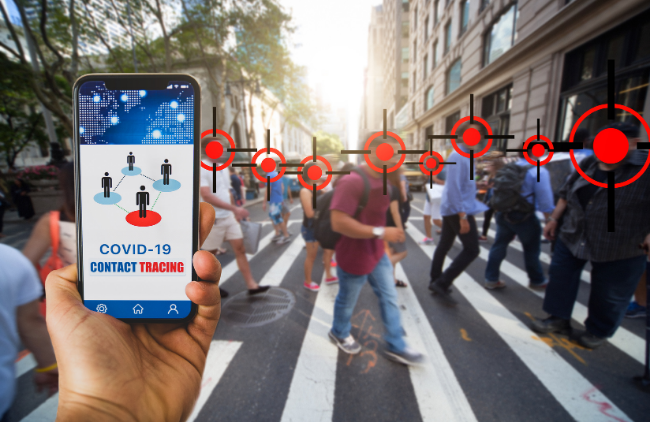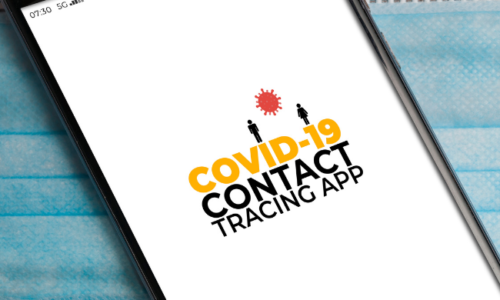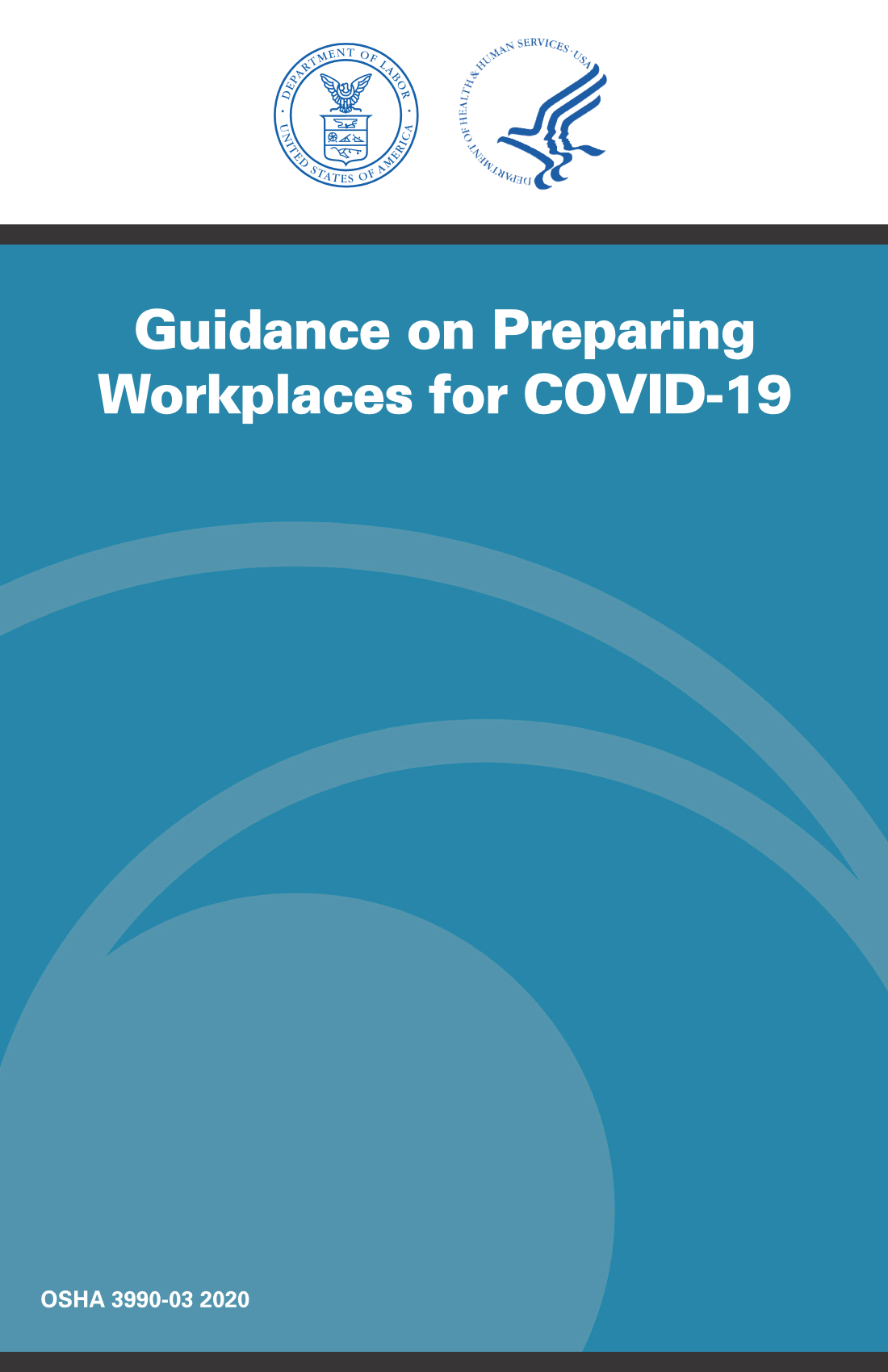Employers are growing weary of reopening companies after COVID-19 due to the risks imposed on their employees. However, for most organizations to keep business afloat, there is no other option than to return to the workplace. In taking this step, it is essential to consider every option for keeping your workers safe while maintaining operations. “Contact Tracing” is one of these options. Contact tracing is a bit what it sounds like: it is the process of tracing an individual’s whereabouts to identify whether they were in contact with someone infected with COVID-19.
How does it work?
Right now, there is no single contact-tracing solution. Contact tracing can be very labor-intensive, depending on the scale of the population that’s being traced. Traditionally, the prices has involved extensive interviews with infected individuals to figure out where they’ve been and with whom they may have come into contact. However, technology-based contact-tracing solutions have emerged recently, typically in the form of phone apps.

Employees download the app and manually enter some personal information, then the app will continuously use GPS data and Bluetooth to accomplish a number of tasks. This can include notifying users if they’re standing too close to someone else or alerting users if someone nearby reportedly has COVID-19.

Potential Pitfalls
Contact tracing doesn’t have a perfect system. Sometimes employees won’t remember every place they’ve been to or every person they have come into contact with. Even with technology solutions, accurately tracking infections hinges on users manually reporting COVID-19 infections. If only some people use the app or decide not to report an infection, the entire system loses value.
Employees download the app and manually enter some personal information, then the app will continuously use GPS data and Bluetooth to accomplish a number of tasks. This can include notifying users if they’re standing too close to someone else or alerting users if someone nearby reportedly has COVID-19.
Employers must also consider whether a contact tracing app will be mandatory, how often it must be active, and who within the workplace will have access to the data collected. Employers should also prepare for potential pushback. For instance, some employees may be concerned about what personal information is being collected. If they elect not to install the mandatory app, what will happen to them? Will they be fired, sent to work remotely, or will there be an alternative tracing method? Employers should be ready with answers to these types of questions.
Having some sort of contact tracing policy is essential for any business reopening under these conditions. Whether an employer elects to have a manual process or a digital one, there are many factors to consider before a plan is rolled out. Best practice includes having an employment courses review any policy before implementation.

Covid-19 Related Resources

Vaccine ?
COVID-19 Vaccine Considerations for Employers

CDC Resource
CDC Guidance for Isolating When Infected With COVID-19

OSHA3990
Guidance on Preparing Workplaces for COVID-19

iNFOGRAPHIC
Cold, Flu or COVID-19 Infographic

Policy Update
HHS Renews COVID19 Public Health Emergency

HR Insights
Determining whether a COVID-19 case is work related

Infographic
Navigating Flu season during the COVID-19 pandemic
